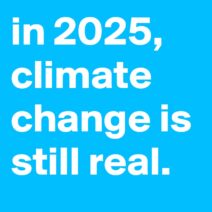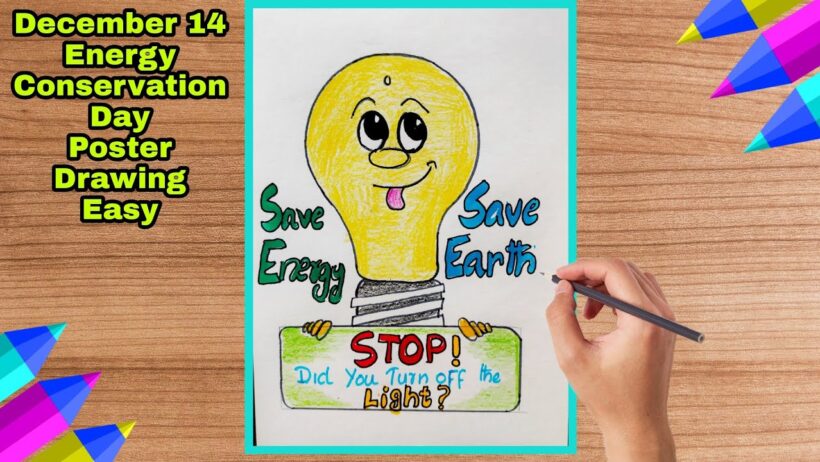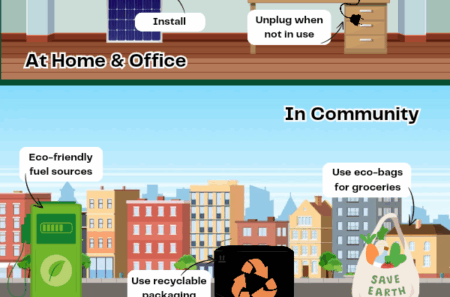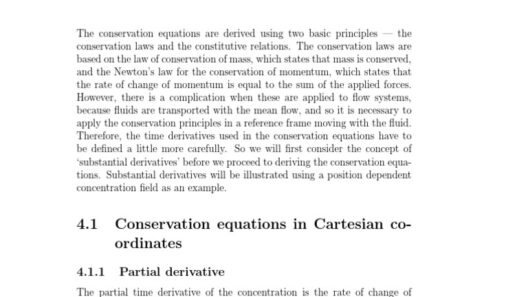Energy conservation is a pivotal theme in the dialogue surrounding climate change. Whether it is turning off lights when leaving a room or opting for energy-efficient appliances, every small effort accumulates to create significant impact. The visual arts can play a crucial role in transmitting this message. Drawing has transcended mere expression; it has become a robust medium for advocacy. “How to draw Save Energy Conservation” focuses on conveying this imperative message through captivating and simple designs.
The genesis of an effective drawing begins with understanding the underlying reasons for energy conservation. Conservation is not solely a response to rising energy costs; it is also a moral and environmental duty. By reducing energy consumption, we mitigate greenhouse gas emissions, a primary driver of climate change. This fundamental insight can infuse your art with purpose, resonating with viewers on multiple levels.
To begin the artistic endeavor, one must choose a theme that encapsulates the essence of energy conservation. Good concepts include awareness of the value of natural resources, the significance of renewable energy sources, and the importance of lifestyle changes. Each theme presents unique avenues to explore with your artistic skills. Through these representations, you can demonstrate how conservation is not merely an individual pursuit; it reflects a collective responsibility that encompasses society as a whole.
One effective approach is to design a poster that embodies the concept of a “Green Earth.” This portrayal generally showcases lush landscapes, solar panels, and wind turbines, all of which symbolize sustainable practices. The vibrant colors of green and blue can invigorate the imagery, representing life and energy. One might depict the transition from fossil fuels to renewable resources, perhaps through a dilation of dimensions depicting clean energies emerging from the past’s shadows.
In choosing the design, think about the symbolism that can be expressed through colors and shapes. Green, as previously mentioned, symbolizes nature, while blue can represent tranquility and clean air. Incorporating a sun can symbolize solar energy, radiating light and warmth, and conveying a message of hope and sustainability. These elements can be beautifully intertwined to create a compelling visual narrative.
For inspiration, consider illustrating characters engaged in energy-saving activities. A cartoon-like figure can be shown diligently turning off an unnecessary light switch, embodying the action that everyone can partake in. This inclusion not only humanizes energy conservation but also establishes a relatable framework for viewers. The contrast between an engaged character and the stark setting of a dark room further emphasizes the necessity of action.
Transitioning from simple cartoon displays, you can introduce more intricate designs, perhaps focusing on the concept of “Reduce, Reuse, Recycle.” Each term can be visually personified. For example, “Reduce” may be represented by a diminutive trash can overflowing with waste, symbolizing excessive consumption, while “Reuse” could be depicted with a vintage item creatively repurposed. Lastly, “Recycle” can be illustrated through a vibrant recycling symbol, bursting with diverse materials. The diversity of design can underscore complex interconnections among various forms of energy conservation practices.
As you draft your design, it is paramount to consider incorporating text—slogan or single-word messages that strike a chord with viewers. Phrases such as “Conserve Today, Live Tomorrow” or “Save Energy, Save the Planet” can complement visual elements, driving home the urgency of the message. Typography can be varied in size and font, creating tension and focus on specific words. Such textual embellishments act as a catalyst, facilitating reflection and discussion.
Moreover, to optimize the engagement factor of the artwork, consider integrating infographics within the piece. Infographics can elucidate statistics on energy consumption—such as how much carbon dioxide is produced by an average household. By presenting facts visually, you create an intellectually stimulating environment that promotes awareness as well as accountability.
Community collaboration can also amplify the message. Organizing drawing workshops within schools and community centers encourages individuals to contribute creatively to the dialogue on energy conservation. Not only does this foster engagement, but it also cultivates a sense of collective ownership over the problem and its solutions. Each artwork culminates in a mosaic of ideas and strategies, encouraging a community-centric approach to environmental stewardship.
However, it is essential to remain cognizant of the representation of cultural and societal diversity in your artwork. Energy conservation is not a singular narrative but a multifaceted discourse that varies across different geographical and cultural contexts. Sensitively representing these variations can foster inclusivity, allowing the message of conservation to resonate with an expansive audience.
As you finalize your designs, consider utilizing digital platforms to showcase your artwork. Social media can extend the reach of your message far beyond the immediate community; it has the potential to engage a global audience. Digital illustrations can be transformed into sharable content, further amplifying awareness of energy conservation. Hashtags and online campaigns can ignite conversations, perhaps culminating in broader movements toward sustainable practices.
In conclusion, the act of drawing to promote energy conservation is as much about artistry as it is about advocacy. Through engaging, simple designs that communicate a clear, compelling message, you can captivate audiences and spur action. As your artwork illuminates the path towards a more sustainable future, remember that each stroke of the pencil is a commitment to fostering awareness, understanding, and urgency in the fight against climate change. Empower yourself and others through the powerful language of visual art, making energy conservation an accessible and engaging topic for all.






